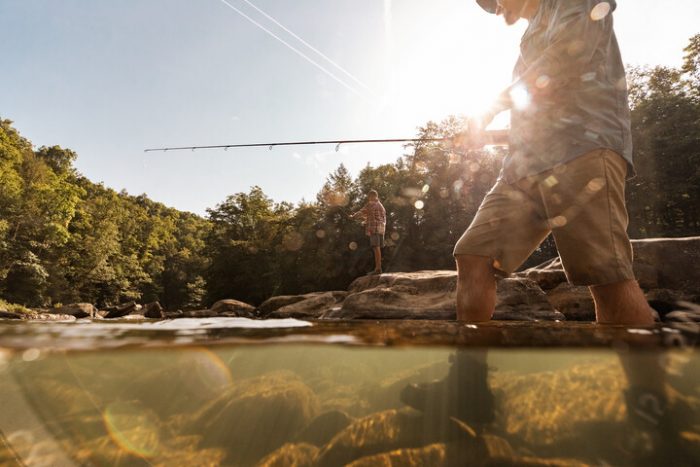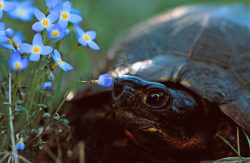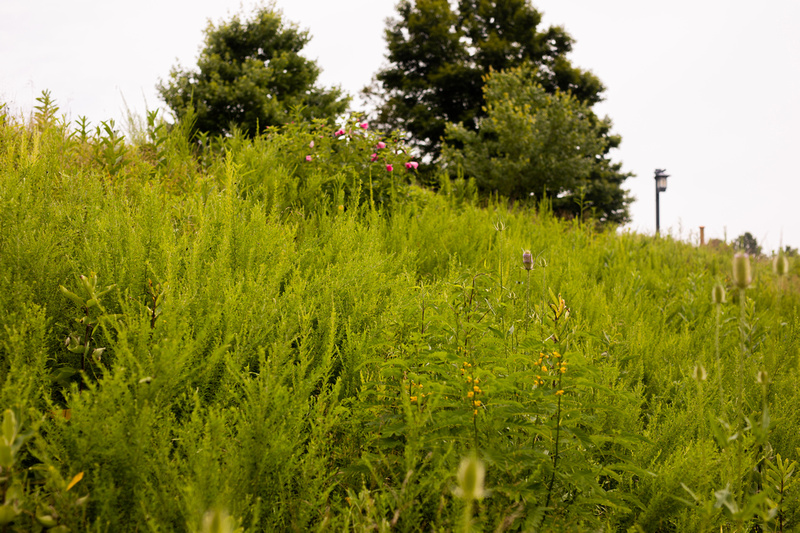Whether you live on a farm, a quarter-acre suburban lot or in a city apartment, you can provide habitat for wildlife. In fact, all you need to create wildlife habitat is food, water, shelter and space. This task can be as simple as setting up feeders, birdbaths and nest boxes or as complex as restoring a native meadow.
So, if you’re looking for something to do with your kids to teach them about native animals or a summer project to improve your property and welcome more of nature into your life, here are a few things ways you can landscape for wildlife on your property.
Learn what native plants attract wildlife
Before you stick your trowel in the soil and get your hands dirty, do some research. You should come up with a plan for what kind of wildlife you want to landscape for. Do you want to plant a pollinator garden to attract butterflies or do you want to create a bird haven in your yard? These are all questions you need to know the answers to, because many wildlife species need specific kinds of plants, flowers and other vegetation to thrive.
As you start the plant-buying process, make sure you only get native plants, which provide better nutrition for native wildlife. Native plant species also support native insects, which are the preferred snack of many songbirds during the summer. You can buy seeds for native plants from an online nursery.
Click here to download a list of nectar and pollen plants to consider.
Keep things natural
Even if you don’t intend to plant a pollinator garden to attract butterflies, please consider natural landscaping and gardening practices. While you want to protect your property from pests and rodents, pesticides and insecticides kill millions of butterflies and other pollinators each year.
To protect butterflies, birds and other pollinators, don’t use products that say they protect plants for months or all season. They are likely systemic and will get absorbed by the plant and kill anything that eats it. If you need to protect your garden from bugs, use natural products. But make sure you read the label because even natural pesticides can kill pollinators.
All animals need these four things
Now that you know to use native plants that attract wildlife and to keep things as natural as possible, the next step is to come up with a plan or vision for what your land will look like. There are unlimited options when it comes to landscaping. You can do it all on your own or hire a professional. No matter what you do, you need to make sure you provide the four things all animals need to survive and thrive:
- Food
- Water
- Shelter
- Space
To get started, evaluate existing features on your property and do your best to take note of insects, birds, small mammals, amphibians and reptiles you find. Having a map of your property and an inventory of existing wildlife will help you plan and hopefully create areas that compliment what habitat is already found in your yard.
As you landscape for wildlife, remember that nature is random and always changing. Be patient and enjoy the process of making your yard or property available to wildlife. Pretty soon, your hard work will be rewarded.
Landscaping for wildlife benefits landowners too
Creating wildlife habitat should make caring for your yard easier by replacing part of your lawn with native species. In addition to being less expensive and easier to maintain, many native plants are hardy and drought-resistant, so they need little or no water.
As you create wildlife habitat on your property, consider having your yard certified as part of the West Virginia Division of Natural Resources’ Wild Yards Program.
Click here to learn more about the Wild Yards Program.
To apply to have your property registered as a West Virginia Wild Yard, you can:
Click here to fill out a Wild Yards application online.
Click here for a printable Wild Yards application to mail in.




